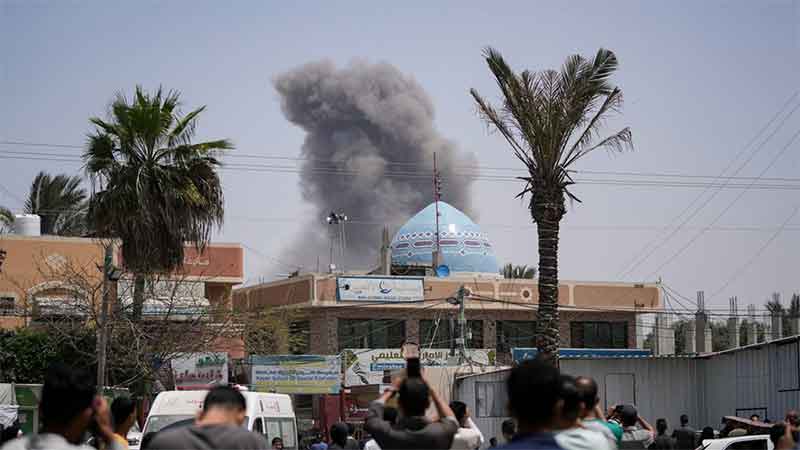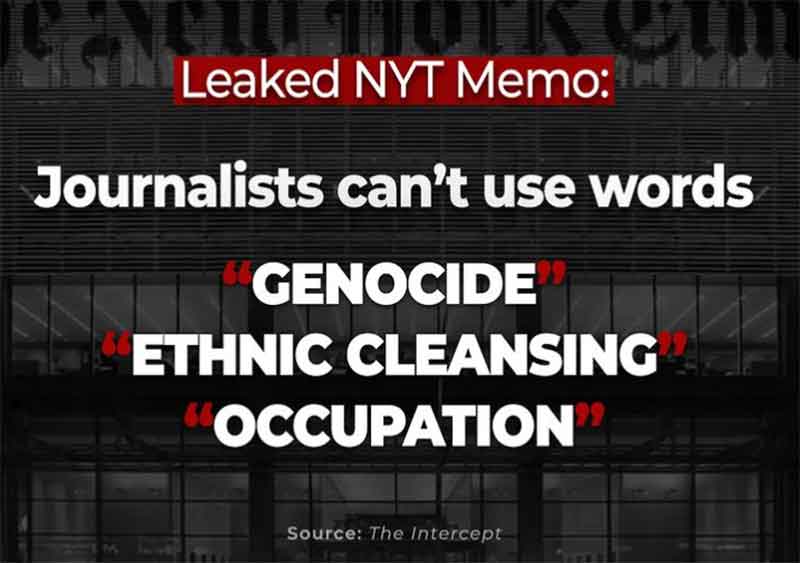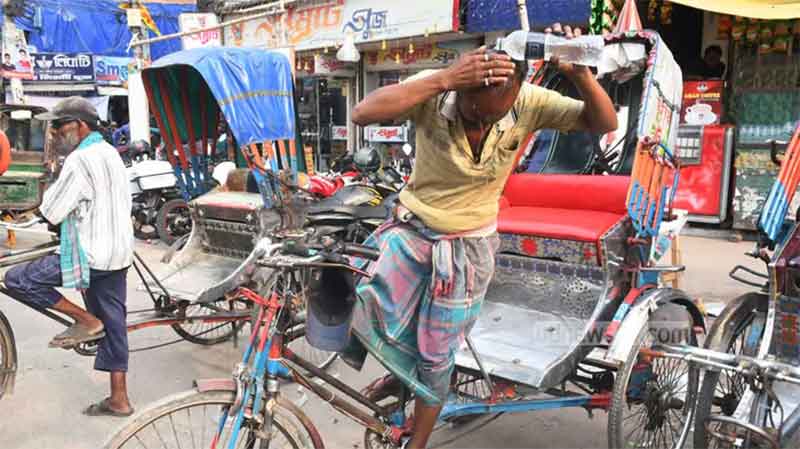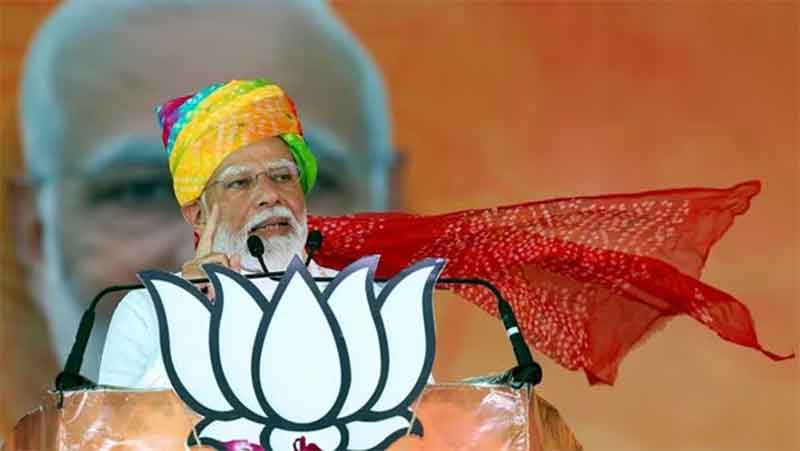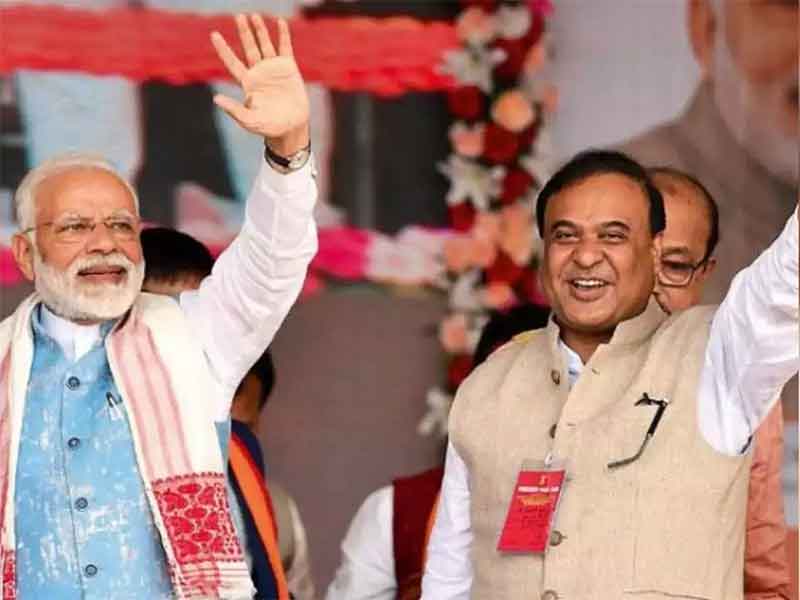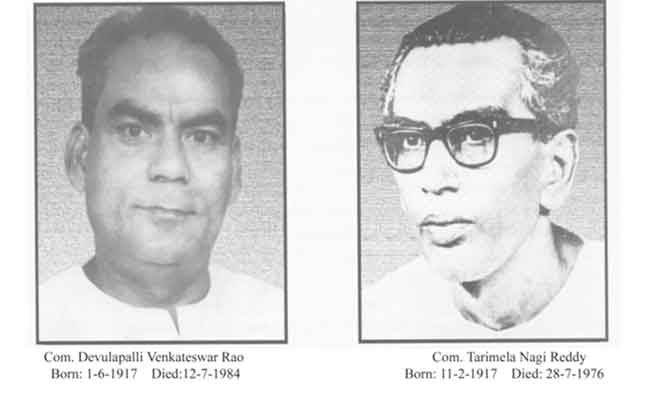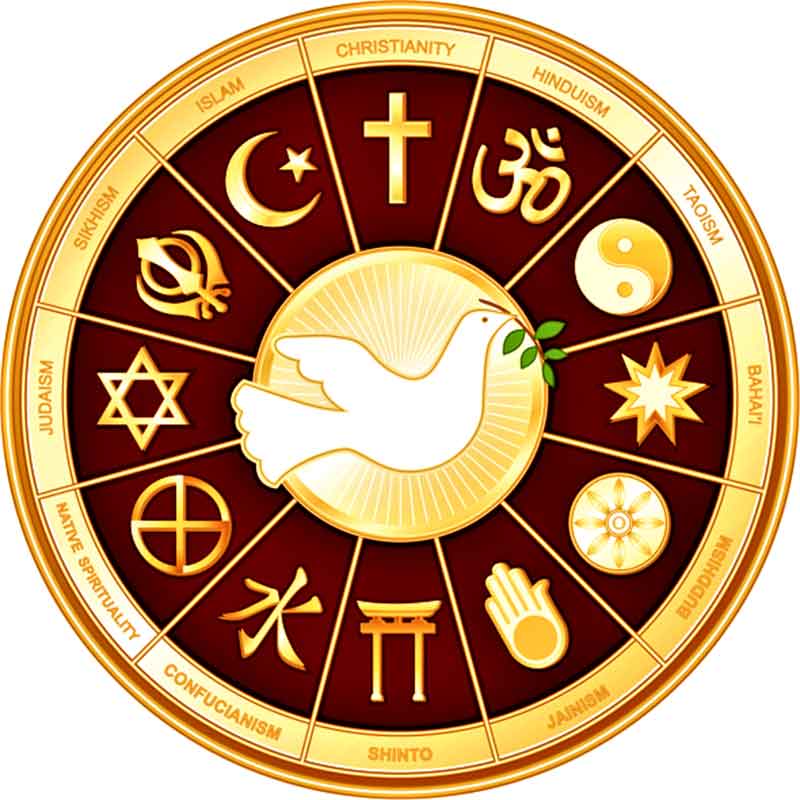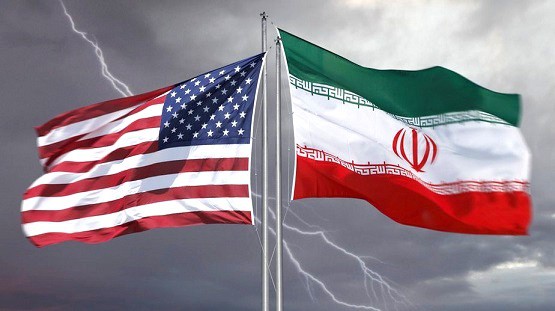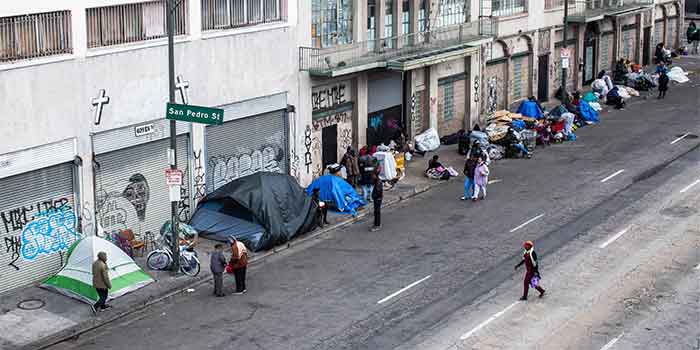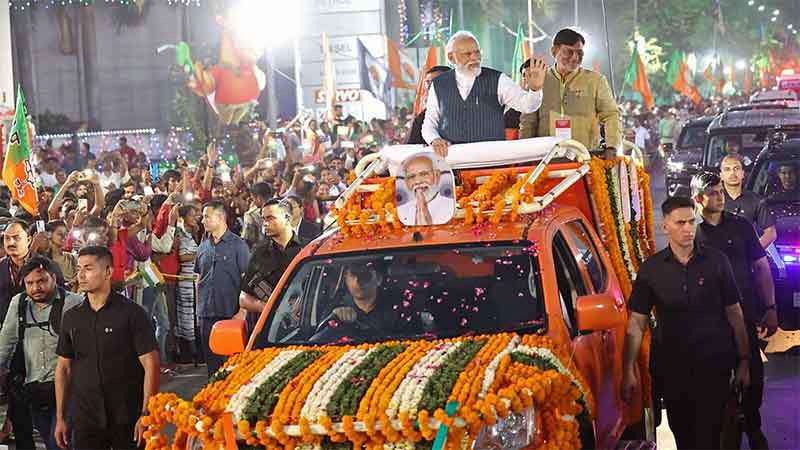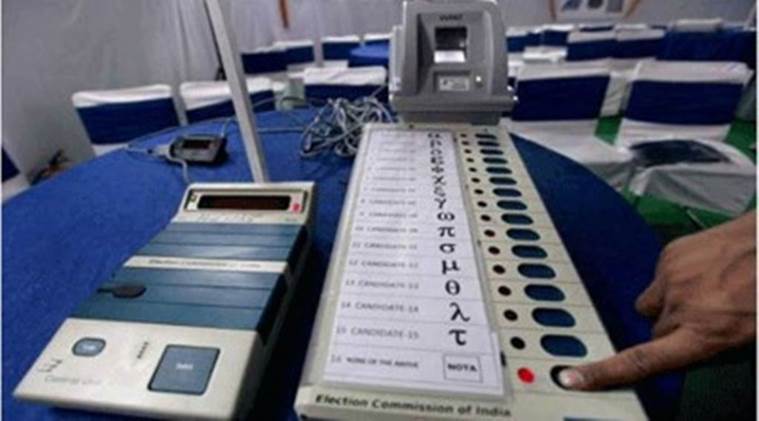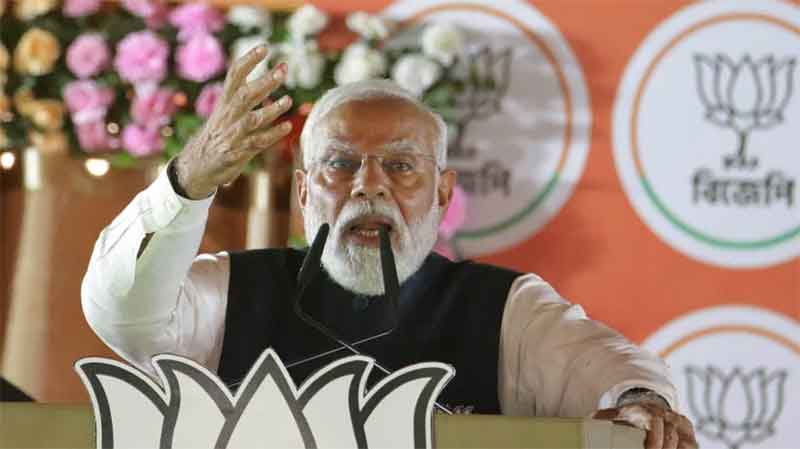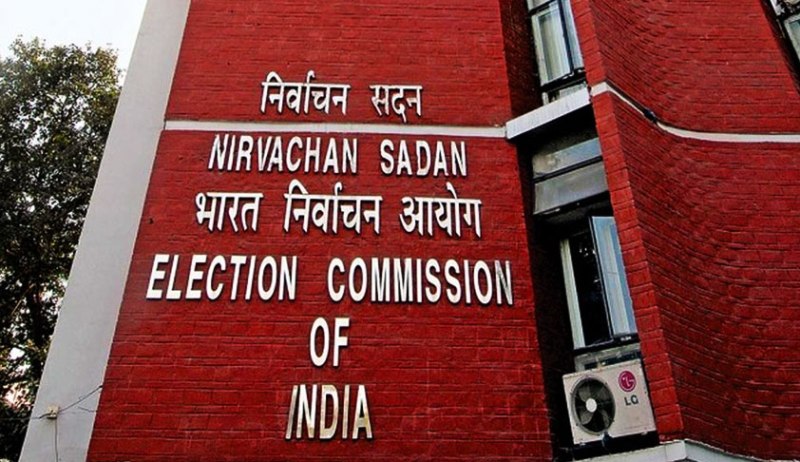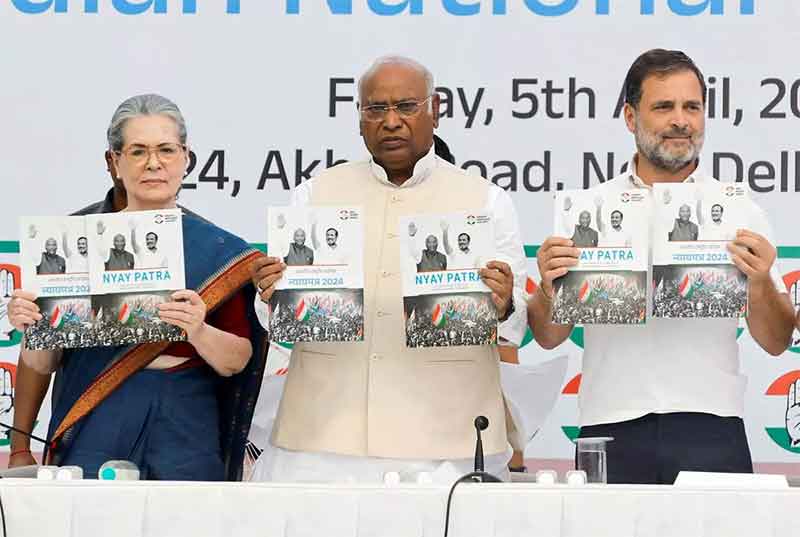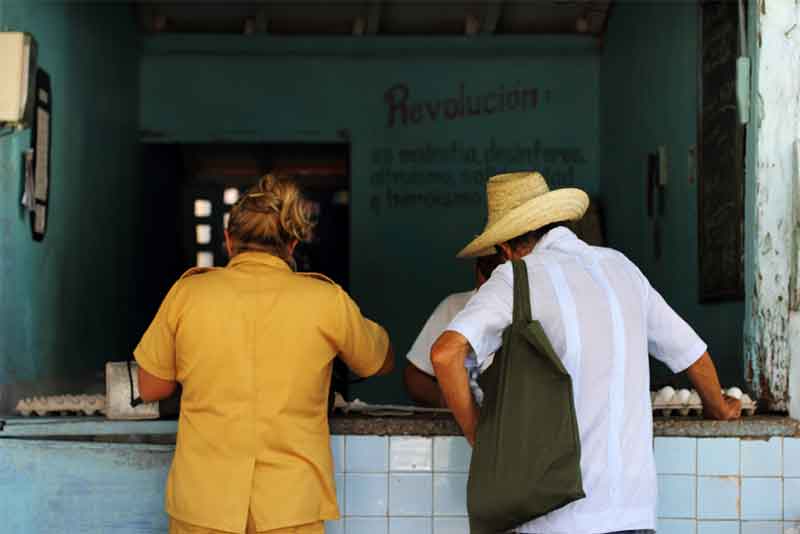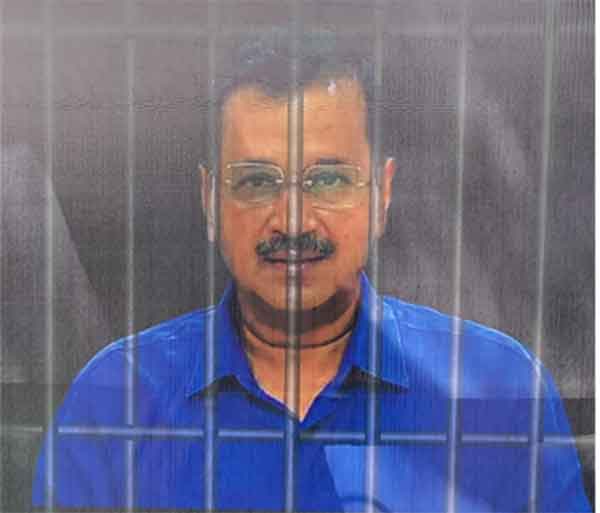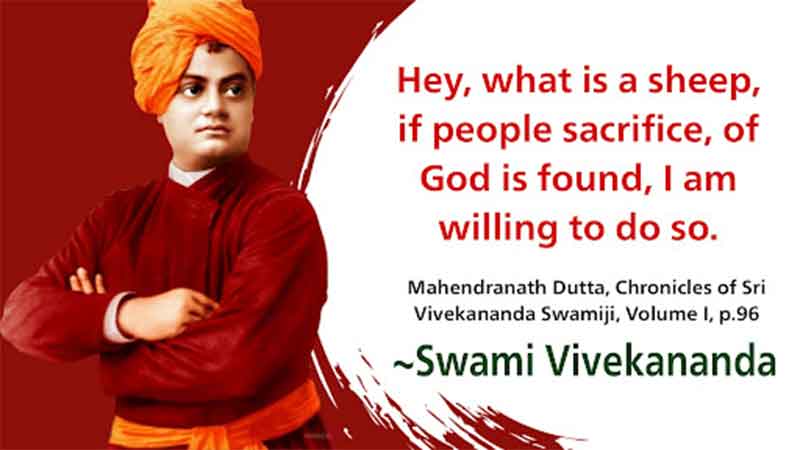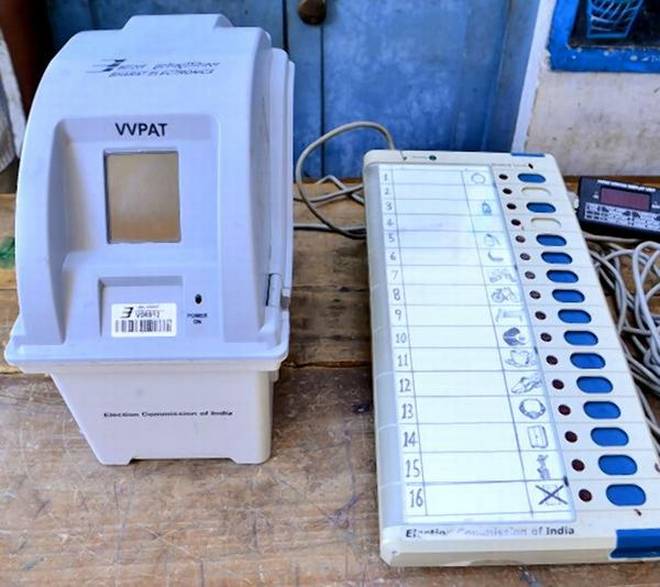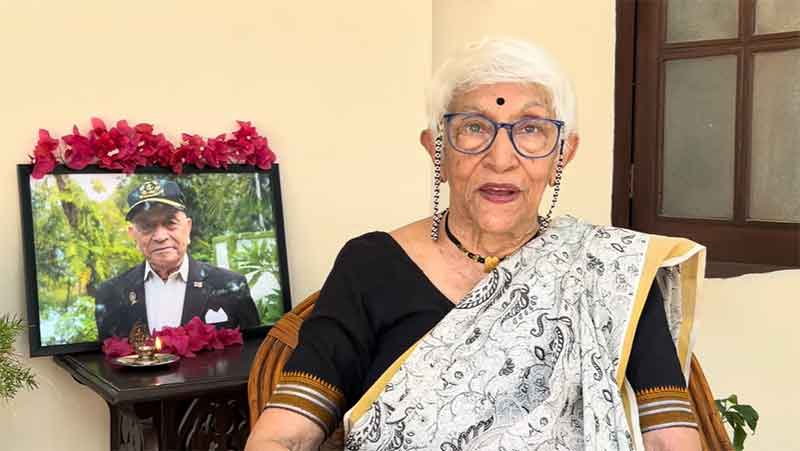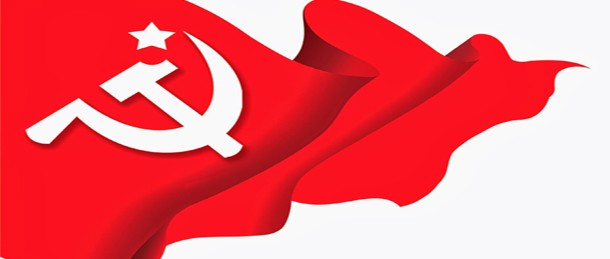
2019 elections have hit the left parties harder than even the Congress. Though Prime Minister Narendra Modi talks about the Congress Mukth Bharat, historically the Rastriya Swayamsevak Sangh and the Bharatiya Janatha Party wanted a Communist Mukth Bharat for definite. That is their stated long standing ideological position. They seem to be achieving this with a comprehensive understanding.
The communists, the world over, except in China and Nepal, lost the ground without adapting to the changing conditions of the world and also the specific nations. When the global working class saw some benefits in cultural and economic globalization the communists remained strongly struck to their anti-globalization stand with a new phraseology called opposition to Neo-liberal economic model.
They never examined what cultural changes were taking place within in the underdeveloped countries with globalization. Unfortunately the global left has not produced significant adoptable theoreticians to understand the connection between culture and economy. Though Christopher Caudwell and Antonio Gramsci did some work on culture, nobody in the left ranks studied the deeply embedded relationship between religious culture and economic development and underdevelopment. More particularly in India the cultural realm has been playing a critical role, as it is a very ancient civilization.
Sociologists like Max Weber in the West indicated how development of capitalism was linked to the protestant ethic. The Indian communists could have elaborately studied about the role of Brahminism in India’s underdevelopment.
When Ambedkar was writing about Brahminism they were attacking him or ignoring him without examining his thesis. Brahminism is a major cultural institution of India.
If anybody from the communist ranks made new experimental attempt to study culture seriously they expelled such persons as reactionary. I have such experience myself.
The Indian communists have shown least interests in understanding culture. After 1990, when the Mandal and Kamandal movements were shaking the country and culture and were weakening the Congress, as it was seen anti-Mandal and also anti-Kamandal, the communists remained political ostriches looking for a revolution in the deeper sand.
They hardly studied what was happening in the Ambedkar-Phule driven Mandal ideology. They hardly studied what was Sri Ram doing on the ground as political agent of Hindutva politics. They appeared to stand against Kamandal without entering into an alliance with its opposite. They never engaged with religion seriously.
Their leaders and intellectuals remained on the same page suspecting Ambedkar and Golwalker as outdated caste and communal bigots. Now Amabedkar and Golwalkar have occupied the intellectual space, which no communist intellectual could think of.
In the recent past they appeared to have moved closer to Ambedkarites, but their serious political decisions show that they have not yet assessed his role in the past and in the future. The top CPM leadership’s approach to Bahujan Left Front that was formed by many organizations under the leadership its Telangana state unit clearly shows that they have hardly reconciled with Ambedkarism.
They have a serious problem with consistency of a leader or thinker. Both Mahatma Gandhi and Ambedkar were not consistent but were creative and adoptive thinkers and leaders. The communist stream did not produce a thinker of their stature because of their ‘dying culture’ of consistency. No creative thinker could remain consistent with ideas. As the society keeps changing ideas also keep changing. But the communists are consistent from 1925 till date. This is not theoretical living but it is theoretical death.
Their post 2019 election predicament shows that they have no faith in experiments in politics. According to them failure or success should happen as per the written document—called Manifesto. Their manifesto is a document of anti-colonialism. They never realized that neither the BJP nor new cultural political forces that emerged, as regional parties that work around language, region and caste, are not operating around anti-colonial hang over.
Their fear about purity of communist ideology is a safe zone for the BJP/RSS to dub them as anti-national and bury them in the sand they are trying to hide. The sad part is if the present trend continues they die without even producing a thinker of creative brain from their ranks. But any thinker to emerge from Indian soil one must study the Indian culture from its depth.
They do not laugh in pleasure and do not weep in pain. Culture constitutes both. They should start weeping now so that a laughing time comes. Otherwise only death comes.
Kancha Ilaiah Shepherd is a political theorist, social activist and author

